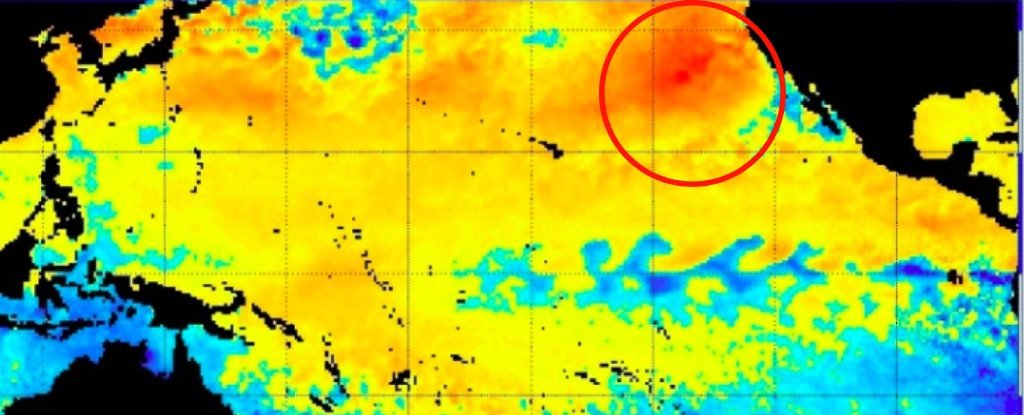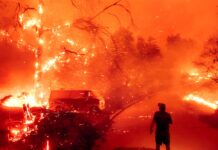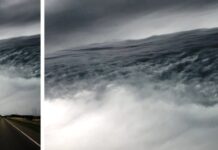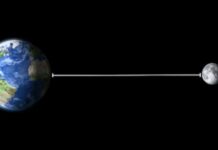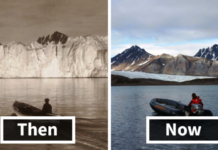“We are talking at least four to five times bigger than the state of Alaska. So, it is huge,” said Andrew Leising, a research oceanographer with the National Oceanic and Atmospheric Administration (NOAA). “The typical size of a heat wave over the last 40 years is only about 1.5 to 2 million kilometers squared, so these are really big outliers.”
Huge stretches of the Pacific Ocean extending from Hawaii to just off the coast of California, and all the way north to the shores of Alaska, are being engulfed in a massive heatwave that scientists are referring to as a “blob.”
If the name sounds familiar, that‘s because from 2014 to 2015, a similar event happened: the original “blob,” which earned the strange name due to its appearance in weather maps as a massive red splotch stretching over about 10 million square kilometers (roughly 386 million square miles), reports Sierra Club.
At the time of the first Pacific blob, thousands of starving sea lion pups began washing up on California’s beaches, overwhelming rescue efforts. The devastation of the sea lion population was driven by a lack of high-quality food for the sea lions’ mothers, which in turn was a result of overheated waters in the Pacific Ocean thanks to the unprecedented heatwave at the time.
At the same time, millions of cod were vanishing from the waters off southern Alaska. Algae blooms overwhelmed fish and shellfish, in turn rendering food supplies for birds and other predators poisonous, resulting in mass die-offs. Crab and clam fisheries were shut down, and whales who sought food closer to the shores were trapped in fishing gear.
And now, the domino effect wrought by the last “blob” has roared back with a vengeance—and the implications are likely to be grave.
EYE ON EARTH: This year has been the warmest for our planet's oceans in recorded history. As a result, a dangerous heatwave in the Pacific Ocean, known as the “blob," is re-forming & could threaten a key food source for marine life. https://t.co/CJQbZAHq1h pic.twitter.com/8dGk0LuQ08
— CBS Evening News (@CBSEveningNews) September 17, 2019
Andrew Leising, a research oceanographer with the National Oceanic and Atmospheric Administration (NOAA), said:
“We are talking at least four to five times bigger than the state of Alaska. So, it is huge.
The typical size of a heatwave over the last 40 years is only about 1.5 to 2 million kilometers squared, so these are really big outliers.”
While the strandings haven’t hit yet, they are likely to begin in the spring and summer. In the meantime, Hawaii is in the midst of a full-blown coral bleaching wave. The coral being impacted is barely bouncing back from the last “blob,” and even fast-growing coral can take anywhere from 10 to 15 years to recover from bleaching events.
NOAA oceanographer Jamison Gove said:
“Places around Oahu, Maui, and the west coast of the Big Island are all showing signs of bleaching.”
To make matters worse, the overheating ocean could set in motion other extreme weather events.
University of Washington marine heatwave researcher Hillary Scannell said:
“Hawaii is literally sitting in the middle of the southern limb of this marine heat wave … If these ocean temperatures persist into the fall longer than the atmospheric forcing, I worry that these conditions could intensify any possible tropical storms that might develop in this region.”
And as the marine heat wave extends toward the U.S. West Coast, it could exacerbate the risk that California could suffer the kind of biblical-scale fires it has undergone in the recent past.
Gove said:
“Marine heat waves have been around in the past, and they will be around in the future, but climate change is making them more severe and frequent.”
By Elias Marat | Creative Commons | TheMindUnleashed.com
